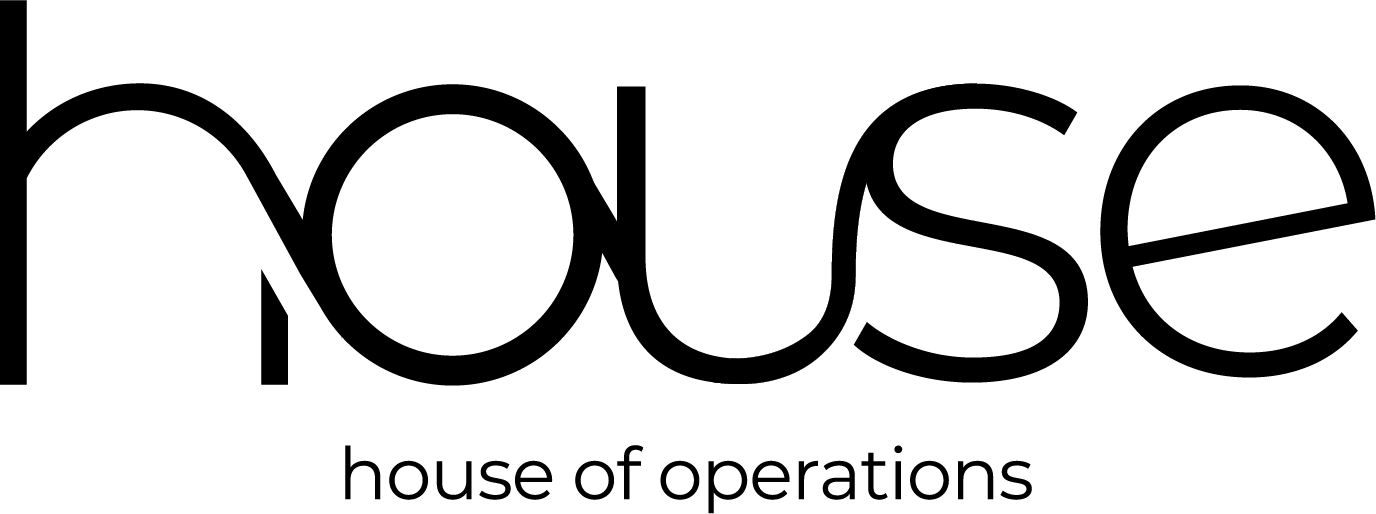Revenue Operations Funnel: A Step-By-Step Guide to Success
The Revenue Operations Funnel (ROF) is a powerful tool that can help businesses in the UK streamline their sales process, increase revenue, and improve customer satisfaction. It provides a step-by-step framework for businesses to follow, from the initial lead generation stage to the final conversion of a customer.
Here's a step-by-step approach to implementing the ROF in your business, from defining your target audience to measuring your success.
1. Conduct Thorough Audits
Your audit involves analysing your existing sales process, identifying bottlenecks or inefficiencies, and reviewing customer feedback. This will help you establish where to direct your efforts and make improvements.
2. Streamline Your Processes
Remember, your sales process should be smooth and easy for your customers to navigate. Look for ways to streamline your processes, such as simplifying your order forms, reducing the number of steps required for a purchase, and automating repetitive tasks.
Another thing you can do is integrate your sales tools and systems to create a cohesive and efficient workflow. This can include using a CRM system to manage customer information and interactions, automating email marketing campaigns, and integrating your e-commerce platform with your inventory management system.
You can also look into these two types of leads, namely:
Marketing Qualified Leads (MQLs): This type of lead has displayed interest in your product or service by downloading a whitepaper, signing up for your newsletter, or attending a webinar. They are not yet prepared to purchase but can be nurtured through targeted marketing efforts.
Sales Qualified Leads (SQLs): These leads are further down the sales funnel and have shown a clear interest in your product or service. They have interacted with your brand multiple times and have provided more detailed information about their needs and budget. These leads are typically handed off to the sales team for further nurturing and conversion.
3. Track and Measure Your Results
To assess how well your ROF is working, you must use key performance indicators (KPIs) to measure your achievements. KPIs enable you to monitor your progress towards your objectives and pinpoint any aspects that require enhancement.
Examples of KPIs for the ROF include:
Conversion rate: The percentage of leads that transform into paying customers.
Customer lifetime value: The total revenue a customer generates over their lifetime.
Customer satisfaction: The percentage of satisfied customers with your products or services.
4. Optimise Your Strategies
Enhancing your ROF (Rate of Fire) is crucial to maintain its effectiveness in the long run. You should analyse your ROF and identify improvement areas to optimise your strategies. This could involve:
Conducting regular customer surveys to gather feedback.
Analysing data to identify trends and patterns.
Testing new sales and marketing strategies to see what works best.
Additionally, staying up-to-date with industry trends and best practices can help you optimise your strategies and stay ahead of the competition. You can continuously improve your ROF to increase productivity, efficiency, and profitability.
Final Thoughts
Your ROF is an impressive tool for measuring the strength of your sales and marketing endeavours. Remember, the key to success with the ROF is to focus on providing value at every stage of the process. Following these steps, you can strengthen customer trust and create long-lasting relationships that drive revenue growth and business success.
house of operations is dedicated to pioneering a revenue operations funnel for those who are looking to optimise their sales and marketing strategies. Our experts can help you implement the ROF framework and provide ongoing support to ensure your success. Get in touch with us today!
